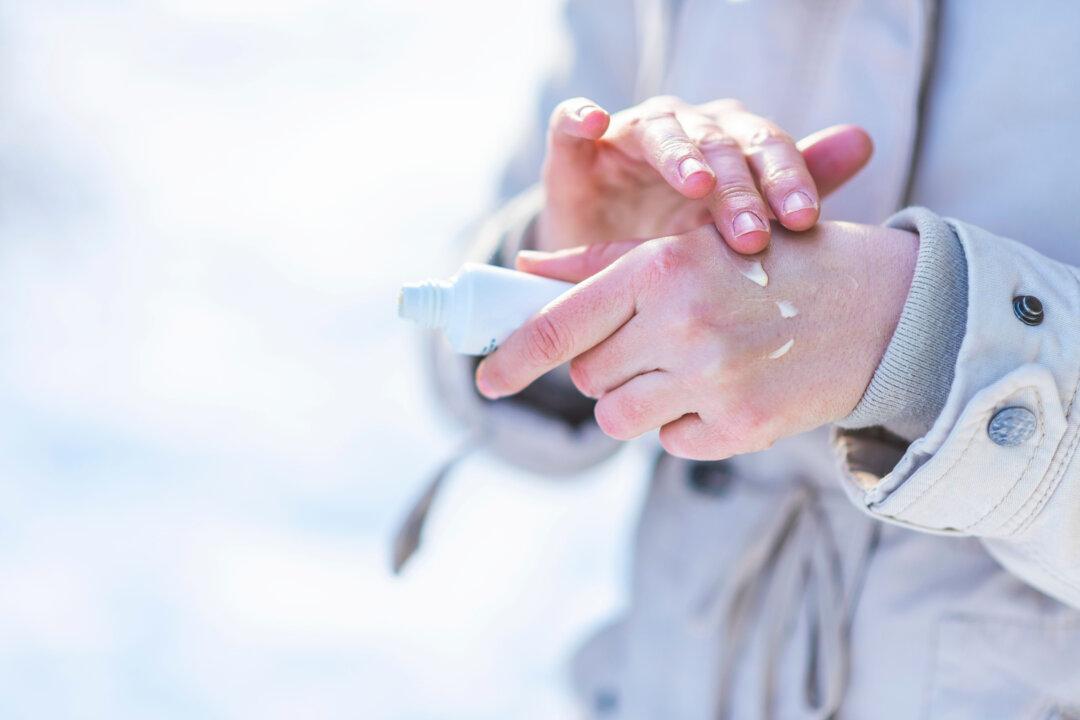Scientists have used lasers to turn metals into extremely water repellent materials without the need for temporary coatings.
Water repellent, or super-hydrophobic, materials are desirable for a number of applications, such as rust-prevention, anti-icing, or even sanitation. However, as researcher Chunlei Guo explains, most current hydrophobic materials rely on chemical coatings.
In a paper published today in the Journal of Applied Physics, Guo and Anatoliy Vorobyev, both of the University of Rochester’s Institute of Optics, describe a powerful and precise laser-patterning technique that creates an intricate pattern of micro- and nanoscale structures to give the metals their new properties.
This work builds on earlier research by the team in which they used a similar laser-patterning technique that turned metals black. Guo says that with this technique, they can create multifunctional surfaces that are not only super-hydrophobic but also highly-absorbent optically.
Guo adds that one of the big advantages of his team’s process is that “the structures created by our laser on the metals are intrinsically part of the material surface.” That means they won’t rub off. And it is these patterns that make the metals repel water.




